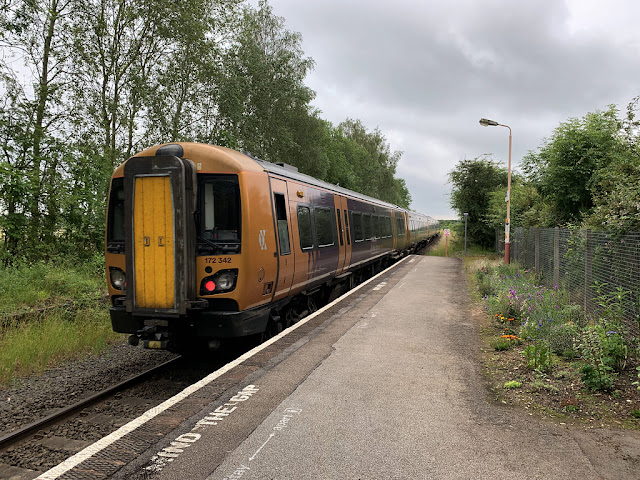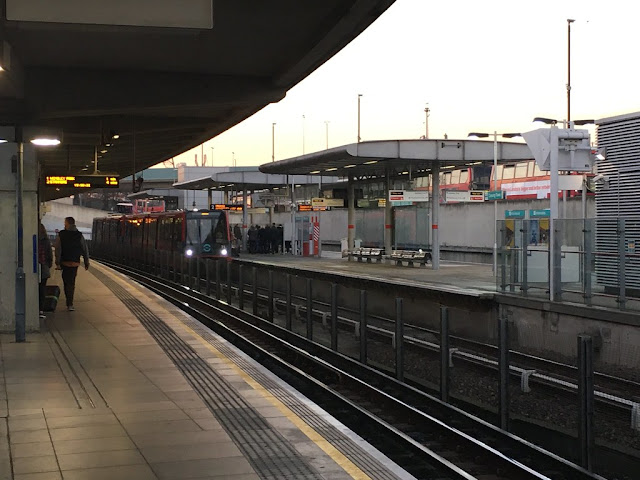 |
| Main station building |
| Information | |
|---|---|
| Type: | National Rail (London Marylebone-Aylesbury Line) |
| Station code: | GMN |
| Opened: | 1892 |
| Platforms: | 2 |
Great Missenden was opened by the Metropolitan Railway in 1892, later also served by the Great Central Railway. The London Underground Metropolitan Line (as the Metropolitan Railway became) was electrified as far as Amersham in the late 1950s. The London Underground decided to not run trains any further than Amersham, Great Missenden was transferred to British Railways in 1961.
The station's good yard was closed in 1966 [1]. A signalbox at the South end of the platforms was closed in 1984 and later preserved elsewhere. The original station building survives on the London side of the station though the matching buildings on the other side were demolished in 1964. A footbridge grants access between the platforms. The station is managed by Chiltern Railways with up to four trains an hour in each direction during peaks.
 |
| Another platform view, showing the footbridge |
[1] Vic Mitchell & Keith Smith, Rickmansworth to Aylesbury (Middleton Press, 2005) Fig. 77



























